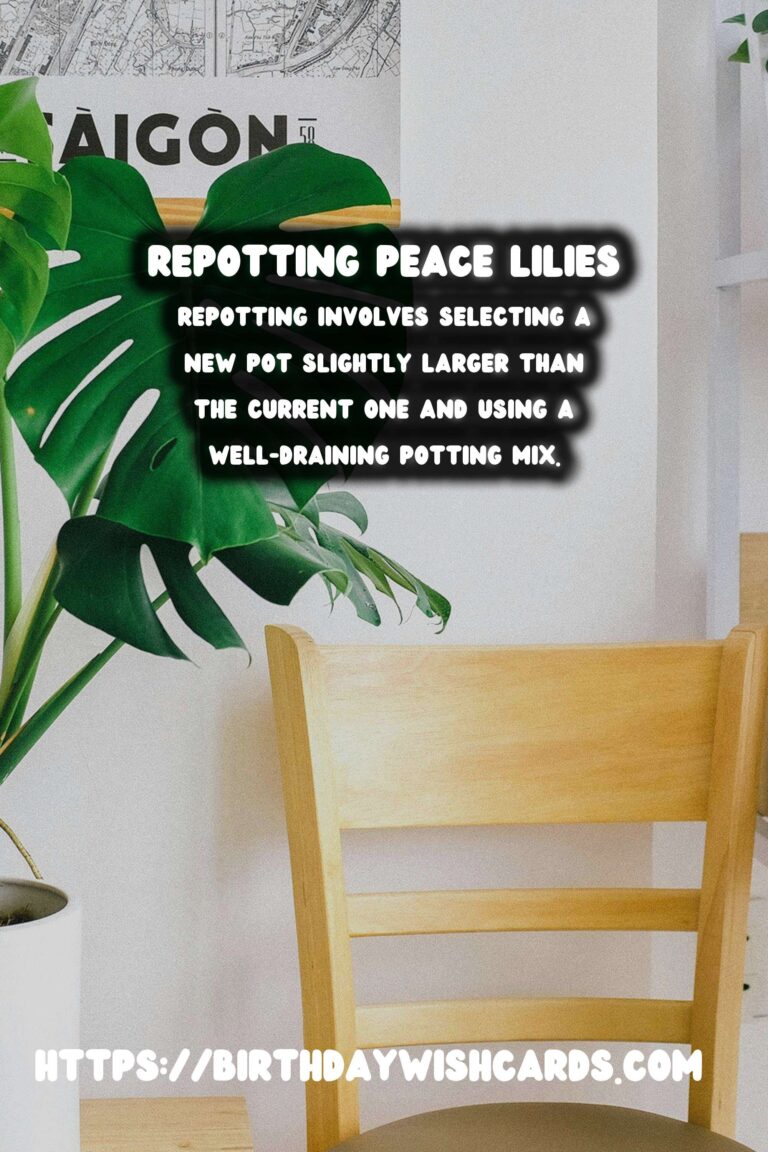
Peace lilies, known for their lush green leaves and stunning white flowers, are a popular choice for indoor houseplants. These plants not only enhance the aesthetic appeal of any living space but also improve air quality. However, to ensure your peace lily thrives, it is essential to know when and how to repot it.
Understanding the Growth Cycle of Peace Lilies
Peace lilies, or Spathiphyllum, typically grow well in medium to low light conditions and prefer consistent moisture. Understanding their growth cycle is crucial for determining the right time to repot. Generally, peace lilies require repotting every 1-2 years, depending on their growth rate and environmental conditions.
Signs That Your Peace Lily Needs Repotting
There are several signs that indicate your peace lily needs repotting. One of the most obvious signs is when the roots start to grow out of the drainage holes, signaling that the plant has outgrown its current pot. Additionally, if you notice stunted growth or wilting despite proper care, it could mean that the roots are overcrowded and need more space to spread.
Choosing the Right Time to Repot
The best time to repot a peace lily is during the spring or early summer, during its active growth phase. Repotting during these times allows the plant to recover quickly and continue its growth without much stress. Avoid repotting during the winter months when the plant is in a dormant phase.
Steps to Repot Your Peace Lily
Repotting a peace lily is a straightforward process. Start by selecting a new pot that is one to two inches larger in diameter than the current pot. Ensure that it has adequate drainage holes. Use a well-draining potting mix suitable for houseplants, preferably one that retains moisture without becoming soggy.
Begin by gently removing the peace lily from its current pot. Be careful not to damage the roots. If the roots are tightly bound, you can gently tease them apart with your fingers. Place the plant in the new pot and fill around it with fresh potting mix. Water the plant thoroughly after repotting to help settle the soil and eliminate air pockets.
Post-Repotting Care
After repotting, place the peace lily in a location with indirect sunlight and maintain regular watering. Monitor the plant for signs of stress, such as yellowing leaves or drooping. With proper care, your peace lily will continue to thrive and add beauty to your home.
Conclusion
Repotting your peace lily is an essential part of its care routine, ensuring it has the space and nutrients it needs to flourish. By understanding the signs and timing for repotting, you can provide your peace lily with the best conditions for continued growth and health.
Peace lilies require repotting every 1-2 years, depending on their growth rate. Signs that your peace lily needs repotting include roots growing out of drainage holes and stunted growth. The best time to repot a peace lily is during the spring or early summer. Repotting involves selecting a new pot slightly larger than the current one and using a well-draining potting mix. After repotting, place the peace lily in indirect sunlight and maintain regular watering. 
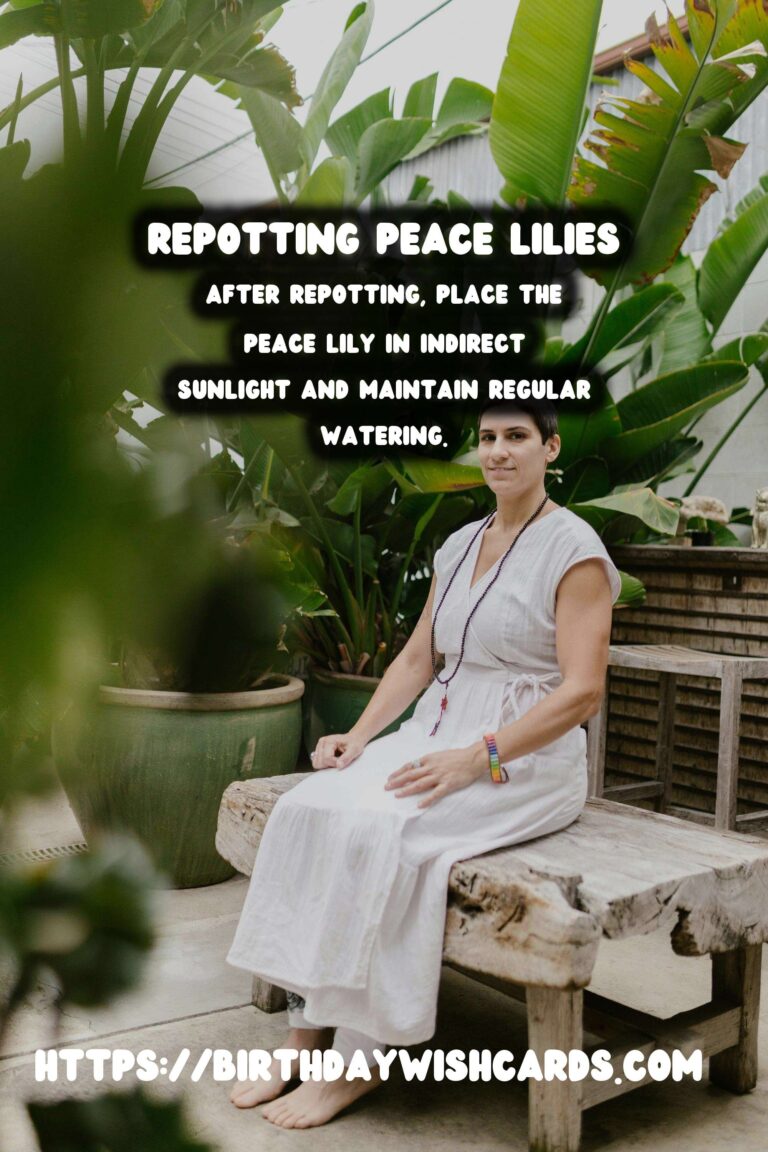
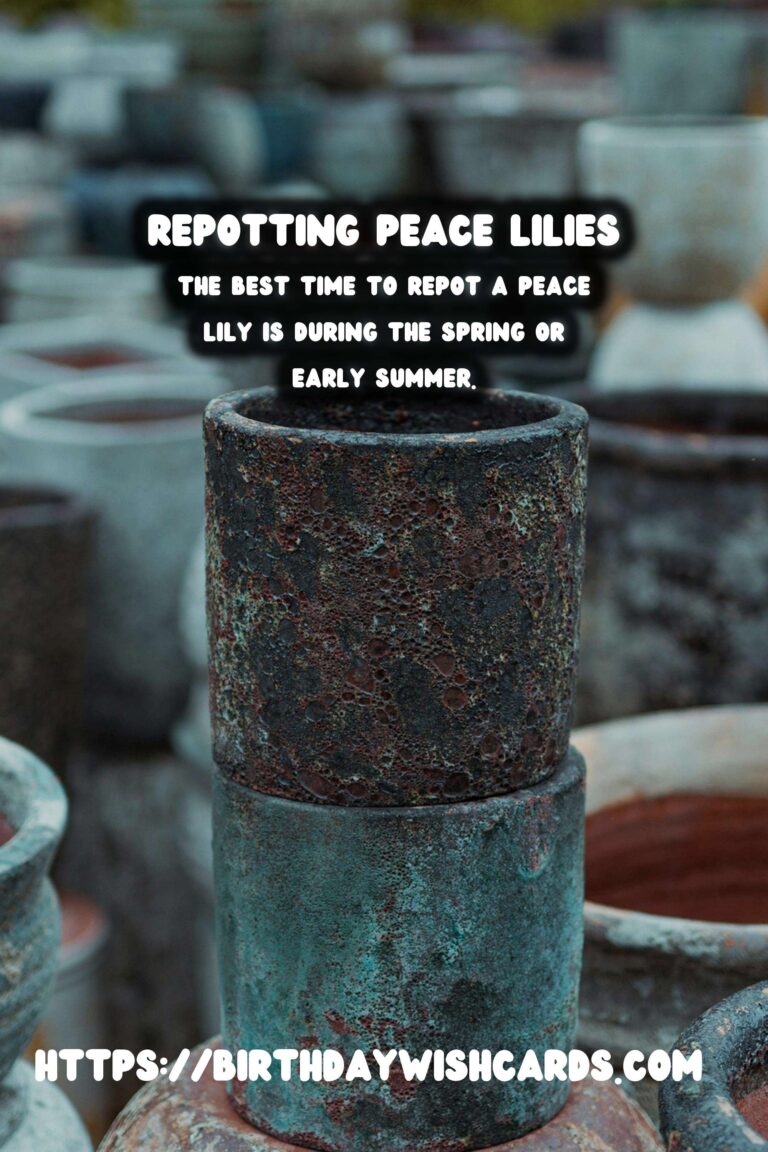


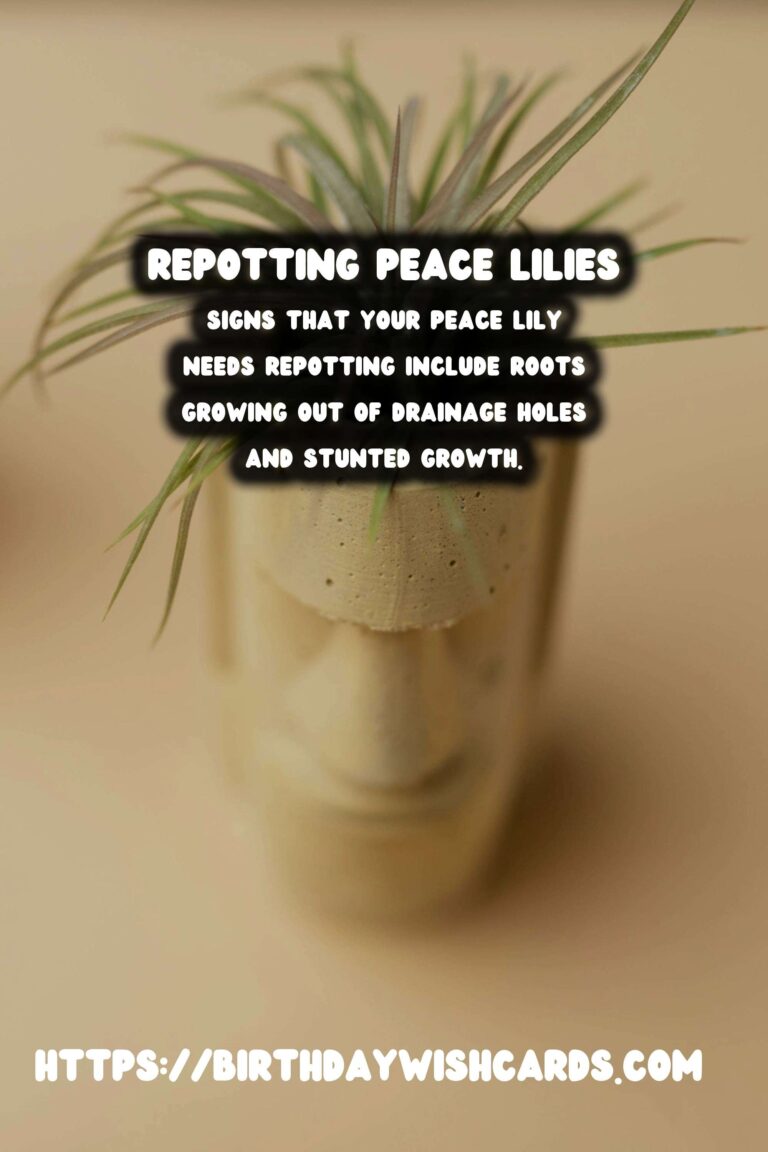

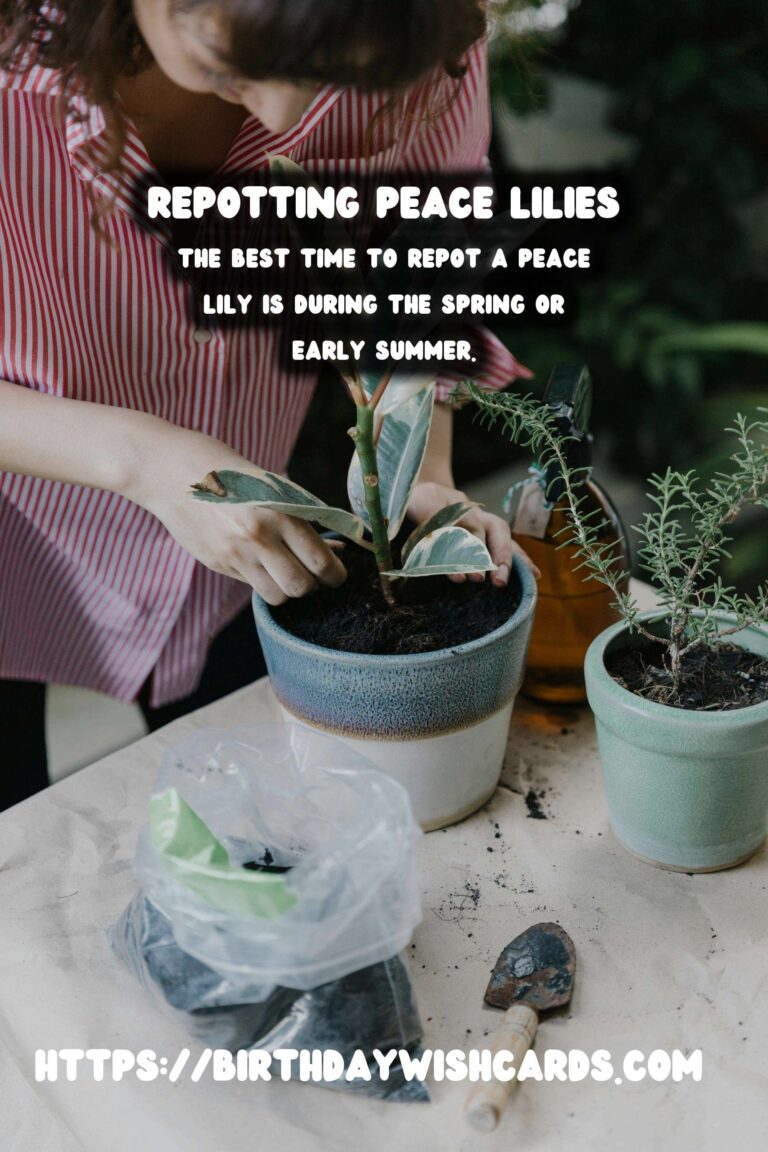

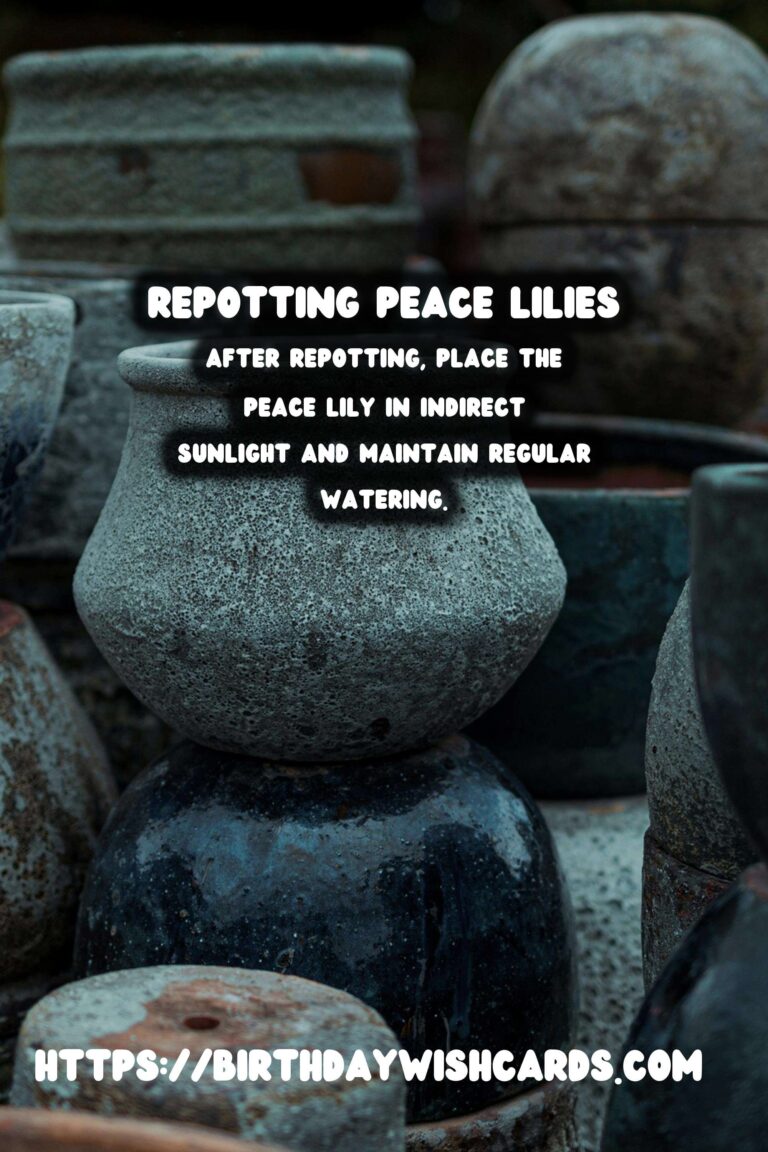
#PeaceLily #IndoorPlants #Gardening #PlantCare #Houseplants




